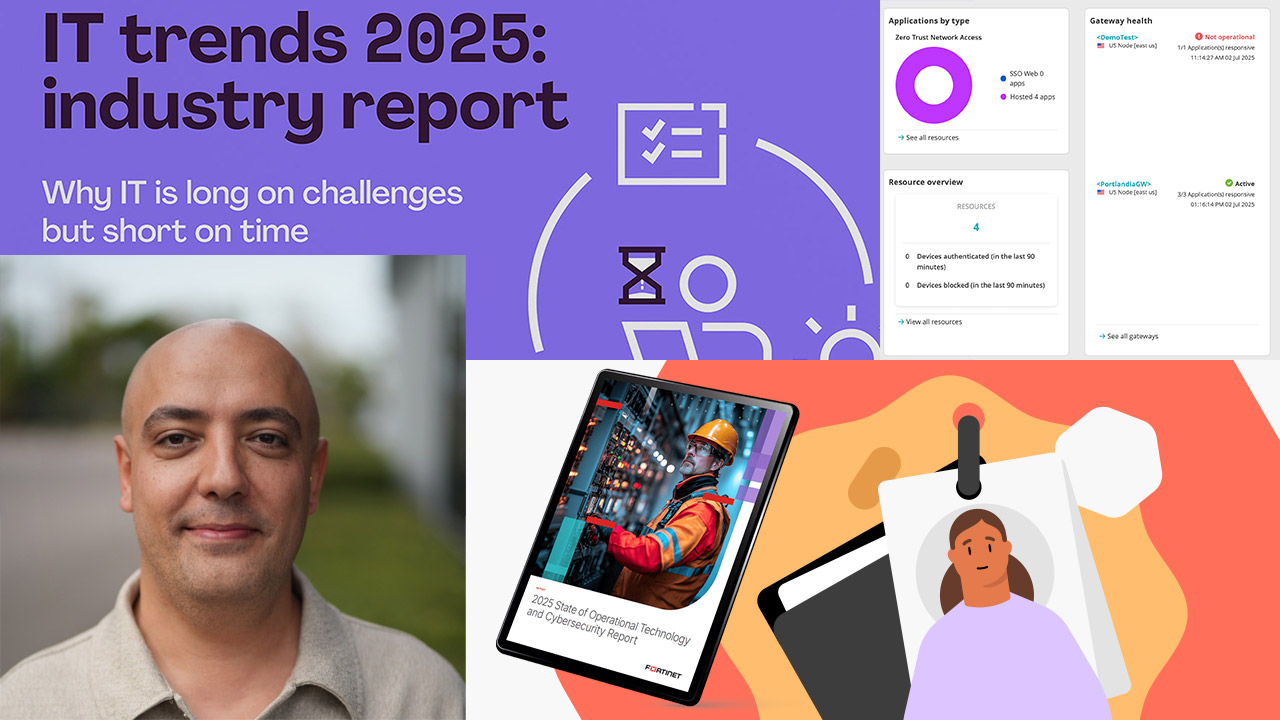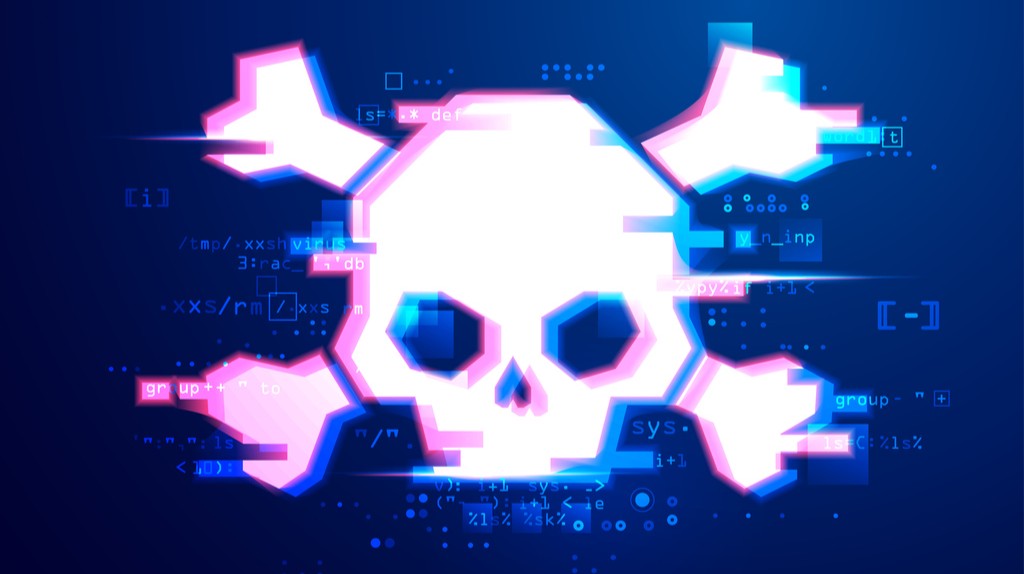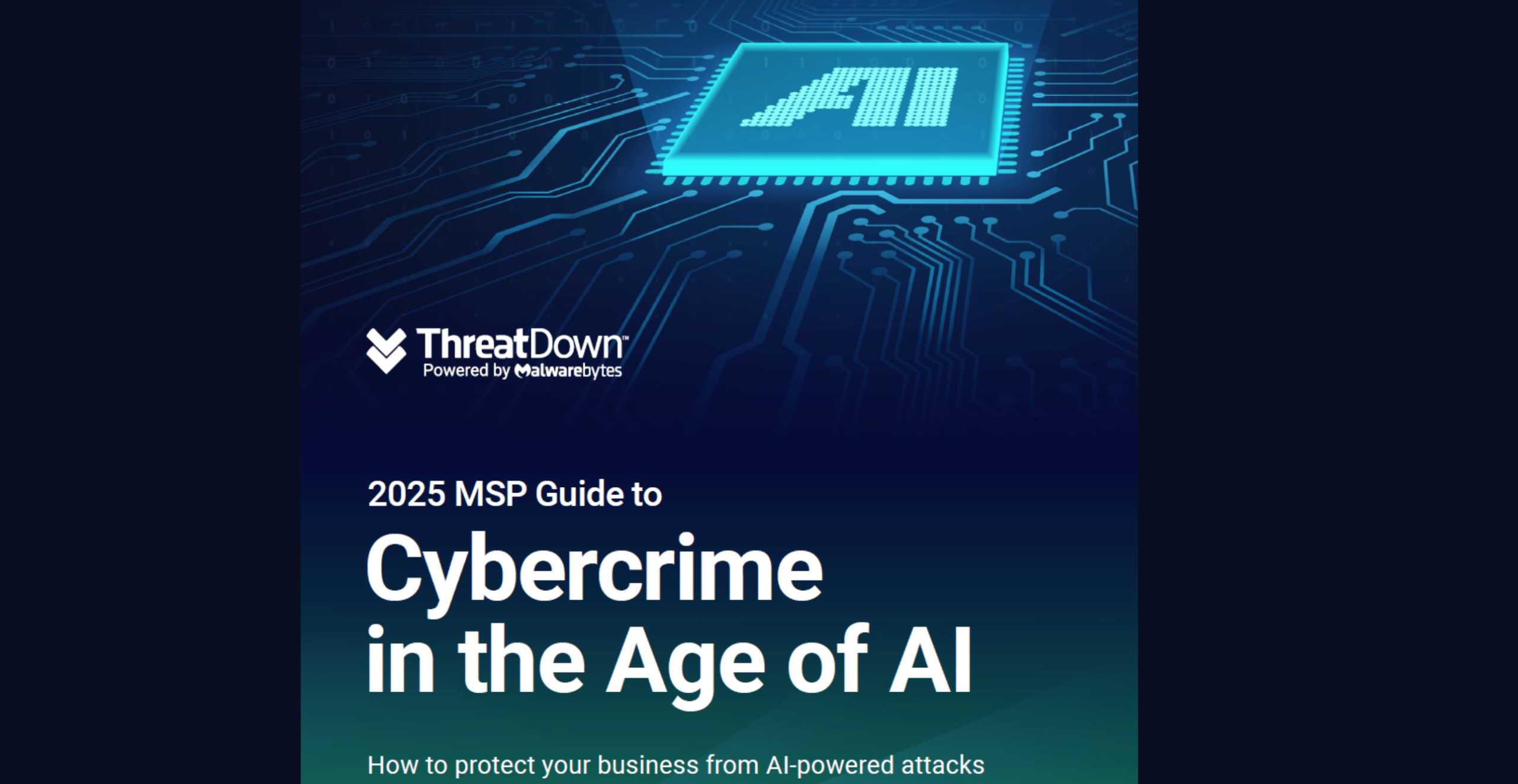KnowBe4, the world’s largest provider of security awareness training and simulated phishing, released its “2018 Threat Impact and Endpoint Protection Report.” In 2017, ransomware was a multi-billion dollar business with the number of new ransomware variants continuing to grow quarter-over-quarter. Despite the many security offerings available, organizations continue to fall victim to attacks with an average of 13% of organizations surveyed experiencing a ransomware attack and 25% of organizations experiencing an external malware attack. Knowing these factors, KnowBe4 sought to understand the overall impact ransomware has on an organization.
Regardless of size or industry, every organization has the potential to become a victim of ransomware. The widespread, opportunistic nature of many attacks, mixed with an improvement in phishing-based social engineering, has led cybercriminal organizations to take the “shotgun” approach, targeting every business for whatever ransom can be paid.
KnowBe4 surveyed more than 500 organizations around the globe to determine the impact a ransomware attack has on an organization, including who is at risk, what is being held for ransom, what does it take to remediate and how does it impact the overall organization. Specific findings included:
Ransomware Attacks†
- ††††Organization Size & Industry: Midmarket organizations (1,000-5,000 employees) were hit the hardest with ransomware in 2017, with 29% indicating they experienced a ransomware attack. Organizations in manufacturing, technology, and consumer-focused industries experienced the most ransomware attacks.
- ††††Productivity Impact: On average, 16 workstations, 5 servers, and 22 users within an organization were affected in a given attack with an average downtime of 14 hours. The organizations with the most downtime hours were mid-market and enterprise (5000+ employees) organizations.
- ††††Data Impact: The more critical the data is to an organization, the higher likelihood of the ransom being paid. Ninety-seven percent of organizations stated that encryption impacted common Office-type files which included critical, sensitive and proprietary data. However, it is important to note that organizations are realizing the value in maintaining backup copies of their data, with 61% recovering server data from backups and 35% recovering workstation data from backups.
- ††††Cost Impact: While most organizations do not pay the ransom, the ransoms ranged from $500 to $1 Million (USD). Most bitcoin-related ransoms were 1-3 bitcoins, ranging from $600 to $11,000.
†
External Malware Attacks†
- ††††Organization Size & Industry: On average, 24% of all organizations experienced an external attack in the last 12 months, with consumer-focused businesses, non-profits, technology and professional services being hit the hardest. Of those hit in 2017, 28% were hit in 2016.
- ††††Productivity Impact: The number of systems impacted during an external attack was far more than a single endpoint; the average malware-based external attack impacted 5 workstations and one server.
- ††††Data Impact: Organizations with documented breaches varied in the number of records breached. The average number of records breached was slightly higher than 15,000. The organizations with the highest number of record breaches, which went up to 100K, were mid-market and enterprise organizations.
†
Prevention†
- ††††Implementation of Security Software: 89% implementation, up from last year’s total of 76%.
- ††††Break Room-Style Training: 36% implementation, up from last year’s total of 28%.
- ††††Monthly Training Videos and Emails: 52% implementation, up from last year’s total of 26%.
- ††††Regular Phishing Tests: 57% implementation, up from last year’s total of 36%.
- ††††Security Assessment Training & Testing: 54% implementation, up from last year’s total of 34%.
†
“While ransomware attacks are becoming more and more sophisticated, they are preventable. As the report shows, endpoint protection solutions help protect against a material percentage of malware, but don’t actually put a stop to the threat,” said Stu Sjouwerman, CEO of KnowBe4. “It’s only by adding continual testing and training of employees that organizations create their strongest security posture and see a material decrease in both ransomware and external malware attacks. This shows a well-implemented security awareness training program makes an organization much less susceptible to an attack. As these threats continue to grow, it’s imperative that organizations mobilize their last line of defense – their employees – to help protect against this threat.”











